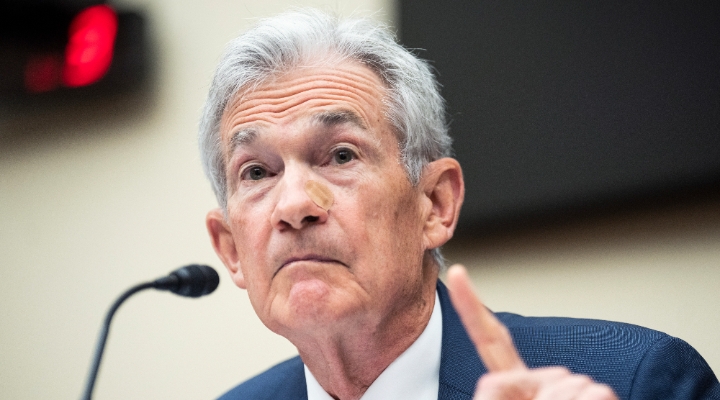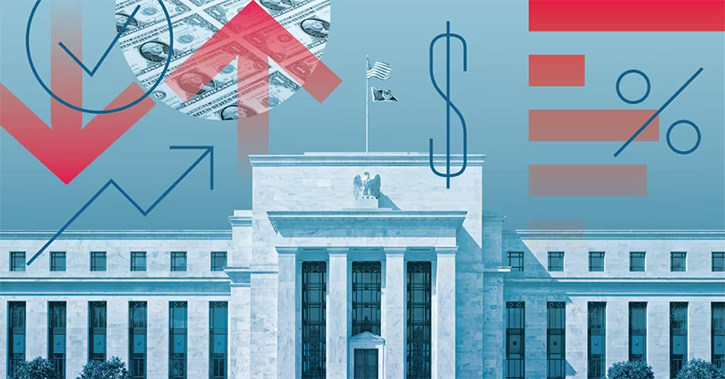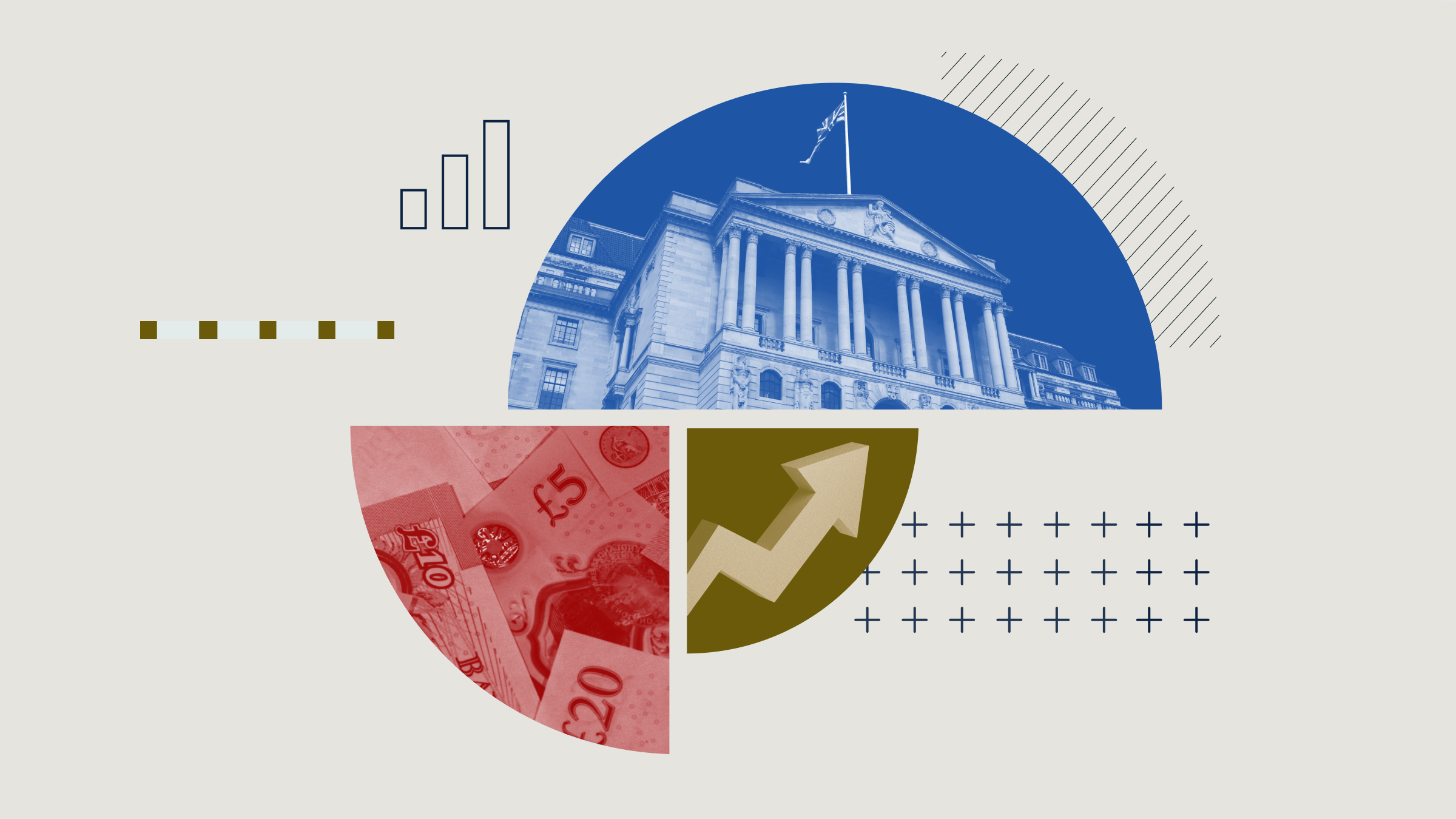
US interest rate cuts remain far off, although Federal Reserve Chair Jerome Powell and the rest of the central bank seem unfazed by the inflationary uptick in recent months.
As widely expected, the Fed kept the federal-funds rate unchanged at 5.25%-5.50% at its May meeting. While back at the start of 2024, markets expected the central bank to begin cutting rates as soon as its March meeting, inflation has run much higher than expected, delaying expected rate cuts until September 2024 or later. The Fed’s official statement Wednesday and remarks from Powell did little to alter that view.
The Fed’s official statement did acknowledge a “lack of further progress” in inflation reduction in recent months. But Powell expressed the strong belief that current monetary policy is “sufficiently restrictive” to eventually return inflation to the central bank’s 2% target, and it’s therefore “unlikely the next policy move will be a [rate] hike.”
While the Fed kept rates steady, it did announce the details of a long-awaited change in its effort to reduce its massive holdings of bonds, a process known as quantitative tightening.
Fed Waiting for More Confidence on Inflation Progress
Inflation in the core Personal Consumption Expenditures Price Index rose to a hot 4.4% annualised in the three months ending in March. Core PCE inflation had been 1.9% annualized in the six months ending December 2023. That strong performance made most market participants expect rate cuts starting in early 2024, but those expectations have been seesawing because of data in recent months.
Meanwhile, the Fed has focused more on year-on-year data, which is less volatile than the three- or six-month indicators. In year-on-year terms, core PCE inflation was 2.9% in December 2023 and stood at 2.8% as of March 2024. This led the central bank to be far less ebullient than most investors at the beginning of 2024, and conversely not overly perturbed by the bumpiness of a few months of bad data.
Powell stated that “gaining sufficient confidence” on inflation progress to begin cutting rates “will take longer than previously expected.” But this likely references the Fed’s prior projections from March, which incorporated three rate cuts in 2024, while markets had shifted to expecting just one cut in 2024 well before today’s meeting.
Fed Announces Quantitative Tightening Change
Longer-term bond yields moved a bit more than the shorter end, with the 10-year Treasury yield down about 5 basis points on Wednesday. This was probably driven by the Fed’s decision to slow down quantitative tightening.
The cap on sales of Treasuries will drop from $60 billion per month to $25 billion. Since August 2022, the Fed’s securities holdings have dropped by about $1.5 trillion. Fed Treasury holdings have fallen around $1.2 trillion, comprising about 5% of the book value of all outstanding marketable Treasury securities. But Powell did note that the reduced pace of balance sheet runoff does not reflect an adjustment to the ultimate size of the balance sheet, merely that the target level will be reached “more gradually.”'
The first-quarter uptick notwithstanding, we continue to expect inflation will normalize over the rest of 2024 and beyond, eventually allowing the Fed to aggressively cut rates. Our year-end 2026 expectation for the interest rate target range is 1.75%-2.00%, down 350 basis points from current levels. We expect inflation to dip below 2% in 2025, while slowing economic growth will add further reason to cut rates.




























